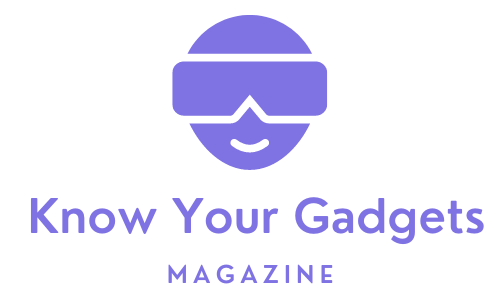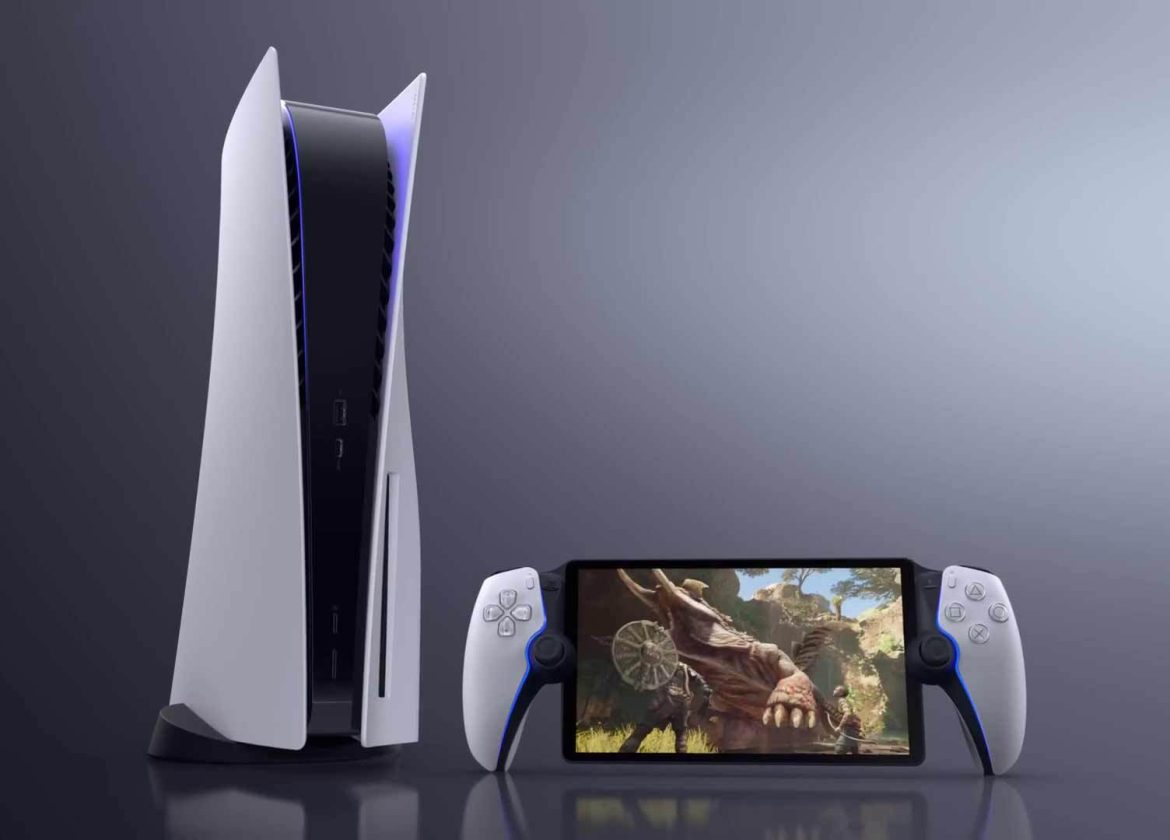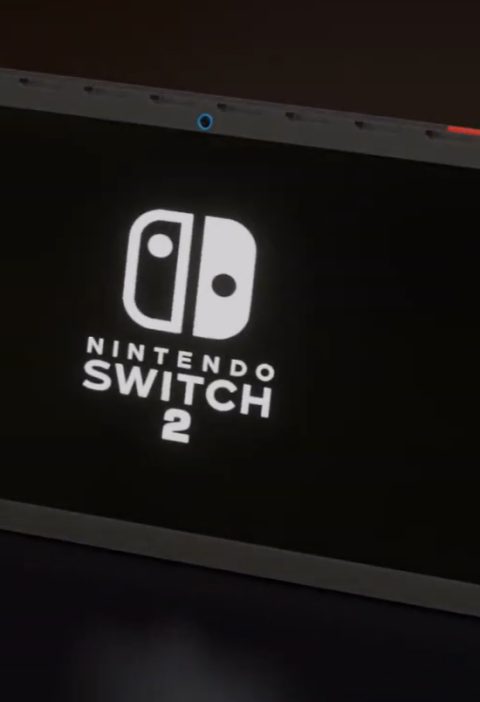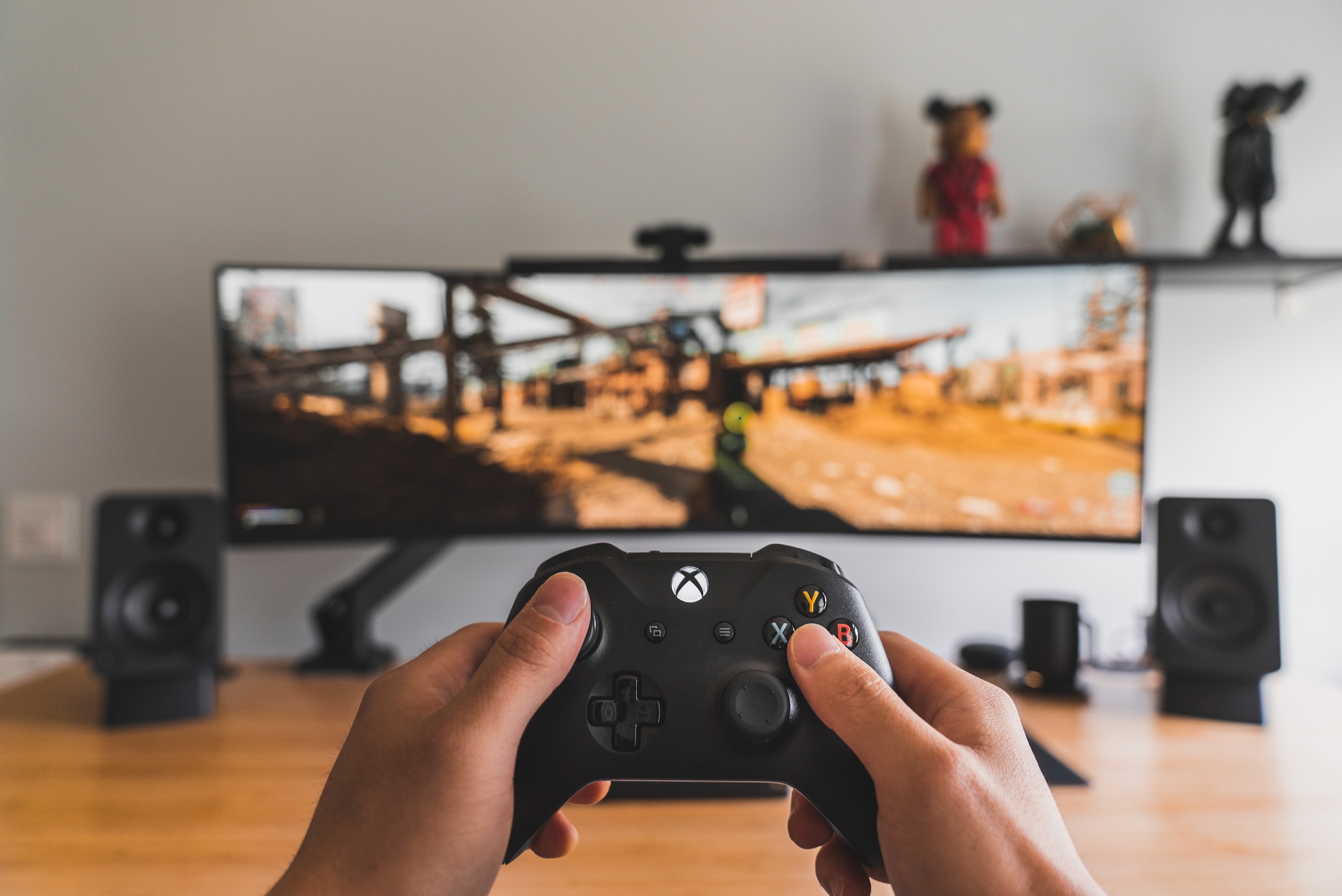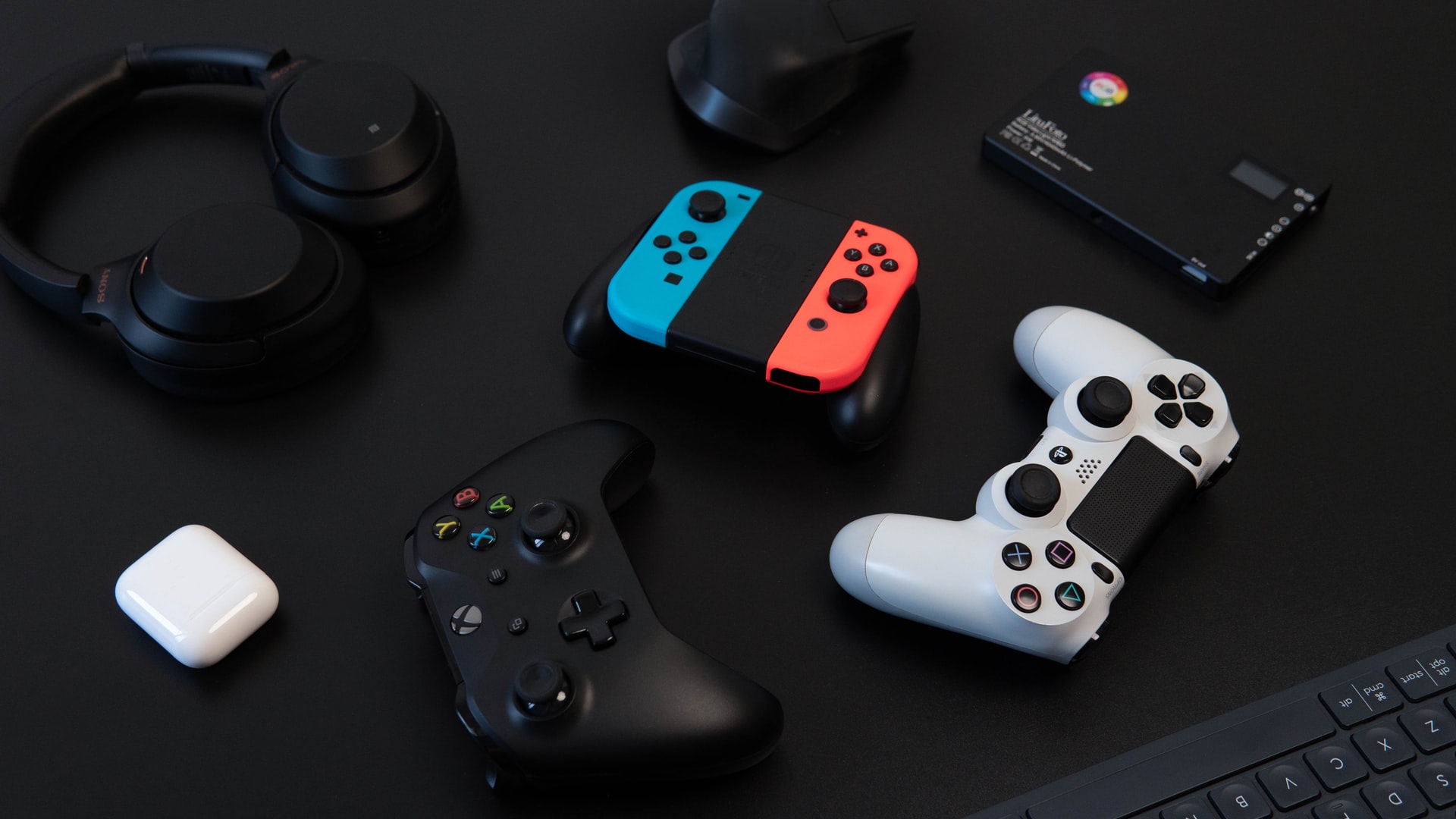It’s always nice to spice up a summer console showcase with a little hardware reveal, but Sony’s unveiling of its Project Q handheld at the PlayStation Showcase recently was one of the more head-scratching ones.
Project Q is a device with an 8-inch screen that lets you play PlayStation 5 games using Sony’s Remote Play system, streaming them from your PS5 over Wi-Fi “when you’re away from your TV,” in the words of the press release. It looks like a DualSense controller chopped in half and attached to either end of a Switch’s midsection.
Here’s what it’s not: a true handheld console, or a cloud gaming device. The games are run locally on your PS5, and with no cellular connection, Project Q won’t work on the move, unless the plane or train you’re on happens to have an extremely robust Wi-Fi connection or you invest in a 5G hub on a good network. (Sony says Project Q requires “at least 5 Mbps” to use, with “a better play experience” needing at least 15 Mbps.) The games must be installed on the PS5, too, which rules out using Project Q with the cloud gaming service that’s part of Sony’s PlayStation Plus subscription offering.
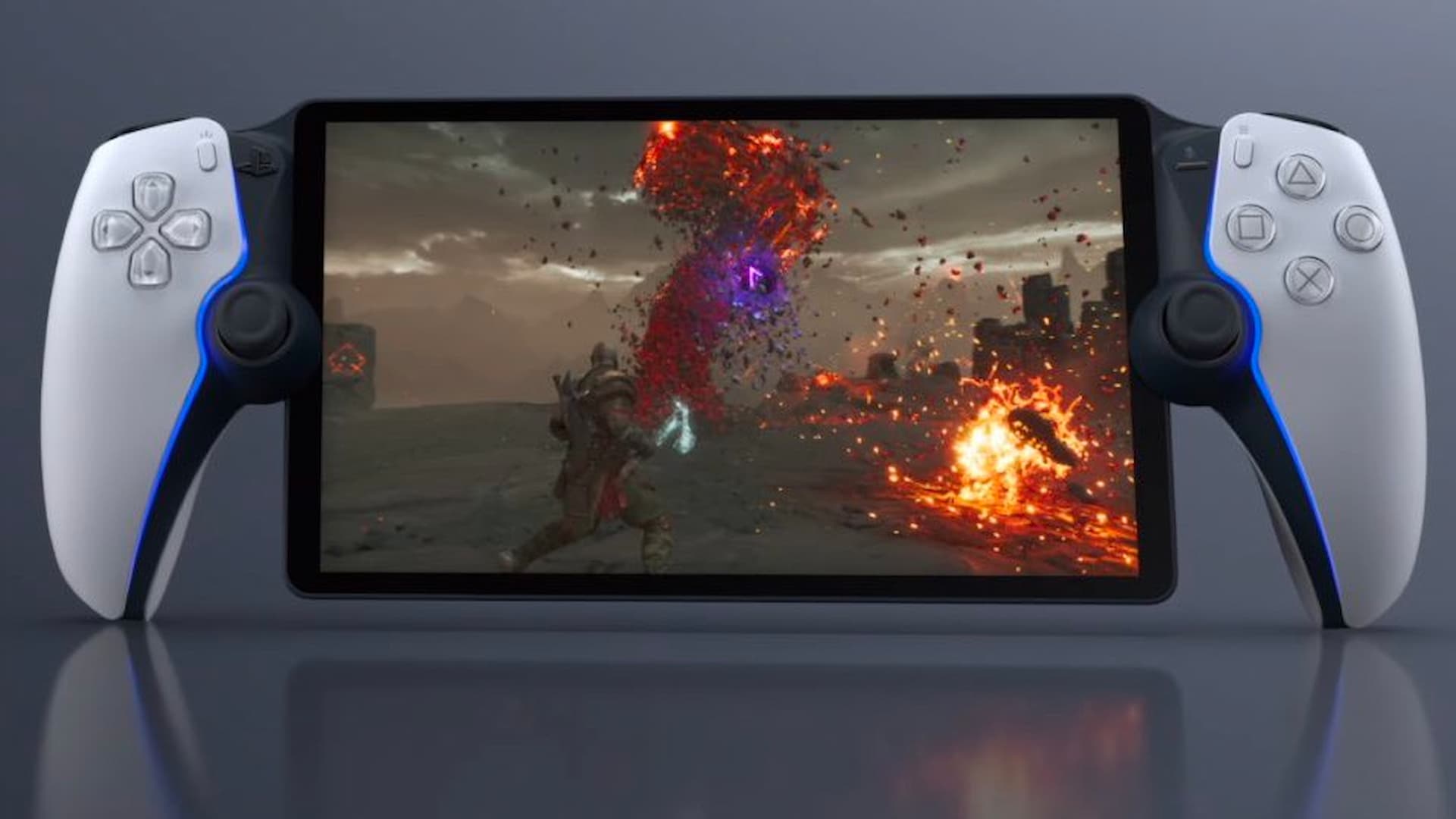
Really, Project Q is about giving you access to your PS5 games around the house — when the TV’s in use or when you’re in bed. Or it could potentially work well when staying with family, or vacationing at an Airbnb.
This is what Remote Play does — and has been doing for a very long time, actually. The feature launched with PlayStation 3 all the way back in 2006, initially only working with the PlayStation Portable and later the Vita handheld. Over time, support was expanded to other Sony devices, then Windows and Mac PCs, and eventually, in 2019, Android and iOS mobile devices. It’s not too difficult to set up on a laptop, phone, or iPad paired with a PlayStation controller, and it can come in very handy. But it has never been that widely used.
So the questions are: What does Project Q bring to the table? And why is Sony investing in Remote Play with a dedicated device now, 17 years in?
The appeal of a dedicated device is easy enough to understand: The form factor of a handheld console is more comfortable in most situations than a separate controller and small screen. Project Q offers this comfort, and as a single-use official PlayStation device, it should work more seamlessly than any other Remote Play solution. (You can make Remote Play work on a Steam Deck, but it takes quite a bit of fiddling.) Unlike third-party devices or controllers, it offers all the features of the DualSense, including its adaptive triggers and fine haptic feedback. The screen’s 1080p resolution will certainly be good enough for its size, although an OLED panel like the top-of-the-line Switch would have been nice, rather than the LCD that Sony is offering.
The point of Project Q, presumably, is that it will offer the ideal, no-compromise Remote Play solution around the home, with the greatest ease of use. But what it won’t do is offer any more than that, and it is duplicating work other devices you already own can do. There’s even an officially licensed PlayStation version of the Backbone game controller for mobile, and an Android version of it was announced the day before Project Q was. It may not have the DualSense features, but it has the advantage of potentially making Remote Play truly portable, if your mobile data plan and service can cope with its data demands.
Perhaps the most surprising thing about Project Q is that Sony is not extending its abilities to streaming games from the cloud, so that it could work independently of a PS5. Cloud streaming doesn’t require a huge amount of processing power — just connectivity and a video decoder which, in theory, Project Q must already have. Perhaps Sony couldn’t get it working well enough at cost — but then again, perhaps investing a little extra and risking a higher price point might have been worth it to increase the utility of the device, and to future-proof it.
The existence of Project Q suggests that Sony is aware that there’s a demand for gaming to fit more adaptably into people’s lives; to be more flexible, and less tied to a big electronic brick under the desk or TV. The enormous success of Nintendo’s Switch proves that, and Microsoft and others are betting that this desire means gaming will eventually follow other entertainment media into the cloud streaming realm.
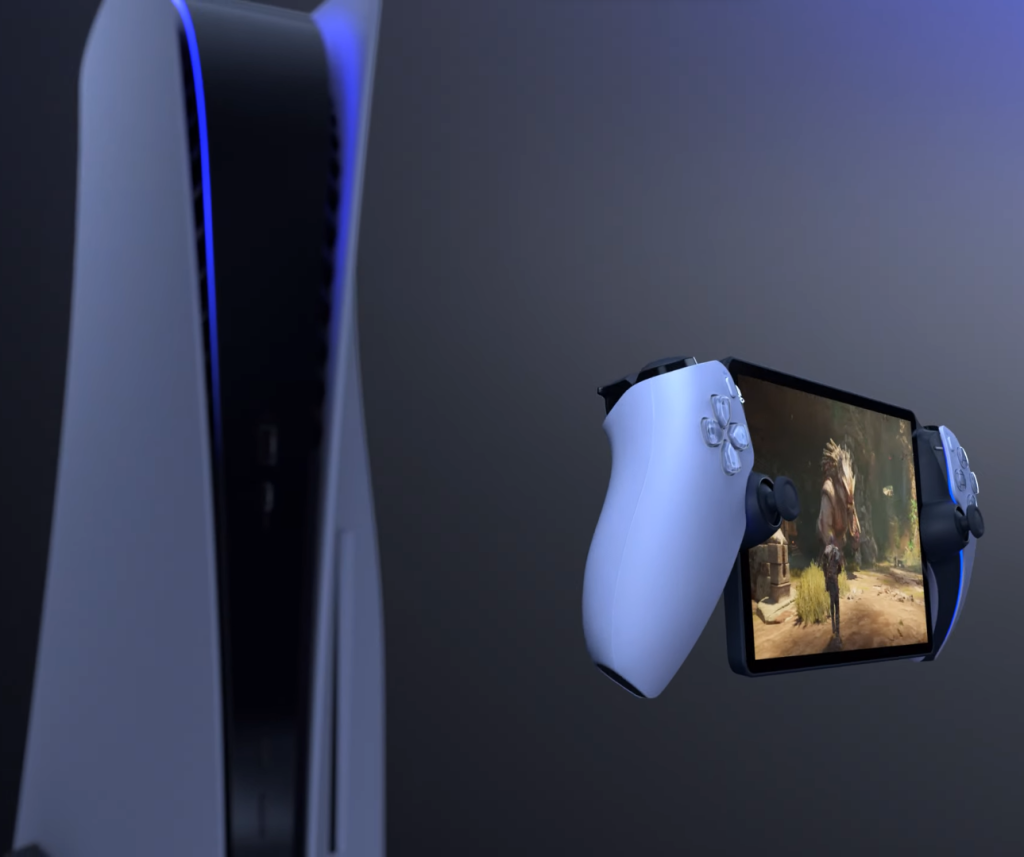
In fact, Sony was an early investor in cloud gaming tech. It bought the Gaikai platform for $380 million in 2012 to build the PlayStation Now service, but never seemed to know what to do with it. The fact is that the cloud does not fit comfortably with Sony’s business model, culture, or values. Sony is an entertainment industry giant built on the back of an old-school consumer electronics manufacturer, and many of the people in power there are either engineers who excel at building gadgets or marketers (like PlayStation boss Jim Ryan) who excel at putting them in boxes and selling them.
Well, now the engineers have another gadget to make and the marketers have another box to sell. But the box doesn’t have much in it. As a way to make the advantages of Remote Play more accessible and marketable, Project Q makes sense, in a niche way. But as a response to the rapidly shifting future of gaming, it’s more than a little backward.
